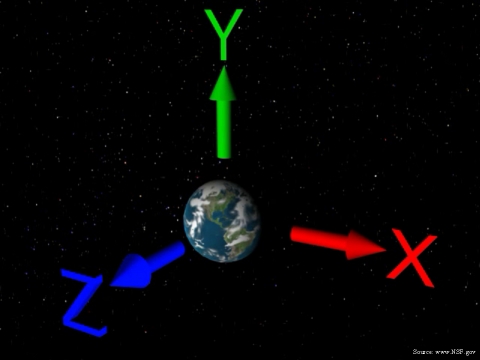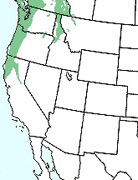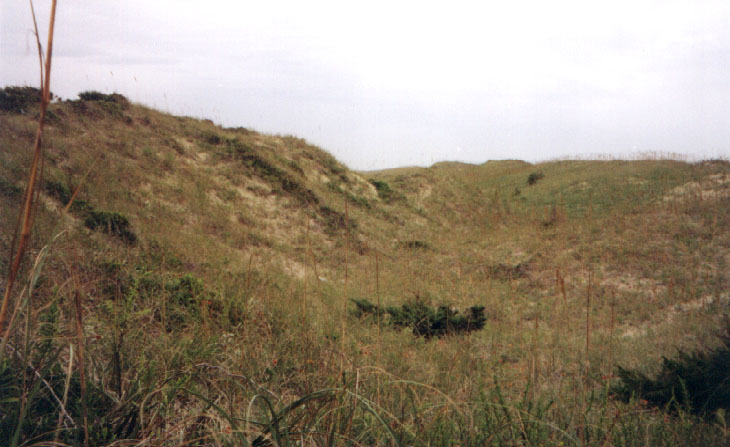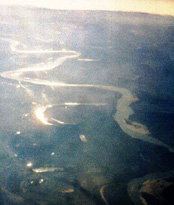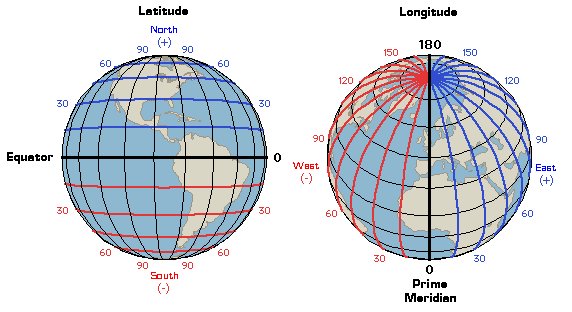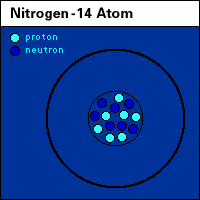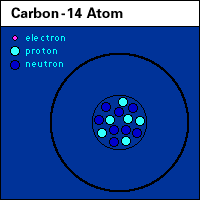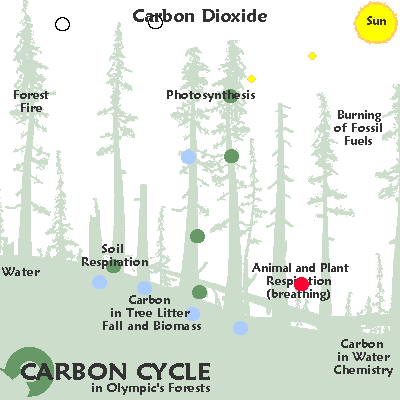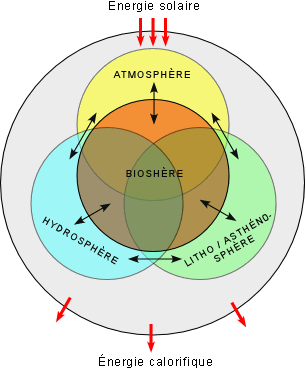 Habitat
HabitatHabitat
Habitat refers to a particular place, any place with specific extent and features that –because of those elements, facets, and geographical setting– displays an explicit, recognizable, and distinctive character.
literal definition | figurative meaning | start | elements of | examples | facets | table of fundamental parts | summary
What is an extent of any place?
Extent:
dimensionslength, breadth, height (depth) refer to three dimensions, time is considered a fourth dimension, and many scientists thinks there are 11 or even more dimensions.
How are more dimensions hidden into any habitat?
Here there exists a perceptual illusion, but beneath the surface physicists conjecture that there are hidden dimensions portrayed mathematically as a Calabi-Yau space, or grid –that represent sets of interacting fields– not-sensed and unseen by us on a human scale that confines features to three or four dimensions.
literal definition | figurative meaning | start | elements of | examples | facets | table of fundamental parts | summary
characteristicsnature of places to have features, landscape, or distinct settings that are peculiar to it.
Inorganic conditions of existence are evident in features: Technically speaking habitats are the anorganic, or inorganic (never living) parts of any ecological system, or ecosystem.
inorganic conditionsenergy, soil, water, slope, atmosphere, temperature, pressure, humidity, radiation,or substrate of a given area.
conditions of the terrains: such as beaches, shorelines, dunes
literal definition | figurative meaning | start | elements of | examples | facets | table of fundamental parts | summary
abode
or the conditions of the terrain to which any life adjusts, adapts, alters, or refines in order to function as part of a system of identifiable arrangements.
range
the natural home or native range of a creature; that is of plants, animals, or other forms of life.
Laws of ecology are derived from the constraints found in any habitat.
literal definition | figurative meaning | start | elements of | examples | facets | table of fundamental parts | summary
Helianthus debilis thrives on little moisture, on sand and in bright sun, what are called arid habitats.
Habitat in the specific context of this class refers to an operationally suitable place –Called Oikios Topos– by the ancient writer Theophrastus. By that he meant the situation best suited for plants to grow. He planted ancient Athens earliest botanical garden when he was a student of Aristotle's at the Lyceum.
Gaillardia pulcehella is an angiosperm that tolerates the sand dune habitat.

literal definition | figurative meaning | start | elements of | examples | facets | table of fundamental parts | summary
The constituent elements of particular habitats may vary in the way they are manifest in features, but four are always present:
An actual area in length, width and depth that something, some person, or some structure occupies. The necessary ingredient, buffer, solvent and modifier of life. The available sunlight, fuels and food sources to replenish anything that gives off heat. Literally the climate and weather of an area and figuratively the ambiance or character of any place. The actual slope, sun angle, size, contours and geological conditions of any geographical location.
literal definition | figurative meaning | start | elements of | examples | facets | table of fundamental parts | summary
Basic information about how to conceptualize a habitat also include these features found in any site:
sun exposure
radiance
(solar energy)
soil
slope
altitude
moisture
watershed
topography
temperature
latitude & longitude

literal definition | figurative meaning | start | elements of | examples | facets | table of fundamental parts | summary
next
The habitat is a partner, not a stage, in the arrangement of inorganic and organic conditions of existence. Any habitat is the unconditionally necessary matrix within which a biological community as a milieu self-creates, maintains needed services, sustains many demands and endures over time.
Elements Air Land, Air, Water cycles Exist Nitrogen is the most abundant element in the atmosphere but is largely unavailable -except by lightening fixation- to living things. Carbon is the most necessary and often not readily available element in the water or air as carbon dioxide, in the land as calcium carbonate (limestone) or structurally part of every living thing.
Found in the nitrogenous bases, or the building blocks of RNA and DNA in any organism. Found in carbohydrates,sugars, starches, proteins, fossil fuels, bones, and all living, or once living, things. Carbon and nitrogen are essential atomic elements that must cycle through or move in and out of any habitat as they are essential for life to flourish in any given place.
literal definition | figurative meaning | start | elements of | examples | facets | table of fundamental parts | summary
Ecologists divide all places into:
the inorganic, habitat and the organic, biotic community
Inorganic, habitat Organic: biocoenose, or biocenose is the biotic community
Together like the big wheels on a bicycle the two partners in the ecosystem provide goods and services we refer to in environmental science and studies and natural capital.
Air
Water
Land
The intersecting spheres of life.

literal definition | figurative meaning | start | elements of | examples | facets | table of fundamental parts | summary
"Il faut cultiver notre jardin." Voltaire

This selection refers to either constructing a habitat or a small wildlife garden to improve the ecological integrity and the cultural quality of the places we inhabit.

a garden as a theme for displaying arts and ideas.
an Asian garden as a theme for displaying nature and aesthetic ideas.
An Asian garden as a theme for displaying nature and aesthetic ideas.
Tend to your own garden virtually! Get some experience on-line before going into the dirt.
An Asian garden as a theme for displaying nature and aesthetic concepts.
How to construct</> an energy efficient home for you and you friends.
for cool house ideas. solar homes for Alaska!
Even an elementary student can do it! So do not hesitate to design your own home and live lightly on the earth.
You have before you a book which contains a study of Thoreau's accomplishments as a botanist and a comprehensive botanical index to the fourteen volumes of the new edition of his Journal.
ecology | ecological model | research to home | website | alphabetical site-list
literal definition | figurative meaning | start | elements of | examples | facets | table of fundamental parts | summary


